Introduction
When you picture a steaming bowl of ramen, your mind might jump to curly noodles, savory broths, and colorful toppings like chashu (braised pork) or ajitsuke tamago (marinated egg). But there’s another star of the experience, one that often goes unnoticed until you reach for it: the ramen spoon. Known in Japanese as the renge (lotus flower), this humble utensil is carefully designed to enhance every bite, bridging the gap between noodles, toppings, and the flavorful soup that ties them all together.
In Japanese ramen culture, the spoon is more than just practical it’s part of the dining ritual, embodying centuries of thoughtful craftsmanship and attention to detail.
Design and Features of Ramen Spoons
The ramen spoon is instantly recognizable by its deep, gently curved bowl and sturdy handle. Unlike a Western dinner spoon, the renge is shaped to balance comfortably on the rim of a ramen bowl without slipping in. This design lets you scoop up rich broths, bits of vegetables, and floating noodles and toppings with ease.
- Capacity: A larger bowl than a standard soup spoon, perfect for savoring deeply flavored ramen broths.
- Dimensions: A slightly shorter, wider profile pairs naturally with chopsticks—rest noodles on the spoon, then sip.
- Functionality: The ergonomic curve glides along the bottom of a deep ramen bowl for smooth scooping.
This design traces back to the chirirenge, a slightly smaller variation often used in everyday soup dishes. Both highlight how thoughtful design meets everyday function in Japanese dining culture.
Types and Materials of Ramen Spoons
Just as ramen bowls and chopsticks come in countless varieties, so do ramen spoons. Each material offers its own feel, weight, and aesthetic.
- Ceramic (toujiki) renge ramen spoon: Traditional and elegant, ceramic retains heat well, keeping broth warm, and often features beautiful glazing.
- Porcelain ramen spoon: Smooth and refined, porcelain is durable with a slightly lighter touch than heavy ceramic.
- Melamine Japanese soup spoon: A practical favorite in many ramen shops; lightweight, sturdy, and resistant to chipping.
- Wooden kitchen spoon: Rustic and warm to the touch; it brings a natural aesthetic but requires gentler care.
- Stainless steel dinner spoons & silicone solid spoon: Modern adaptations common in fusion kitchens outside Japan, though less typical in traditional ramen houses.
- Disposable soup spoons / plastic soup spoon: Convenient for take-out or instant bowls, but without the charm of reusable handcrafted tableware.
Another noteworthy tool is the otamajakushi the kitchen ladle used to prepare and portion broth; an “otamajakushi spoon” supports the cooking side of ramen rather than the tasting. Together, these utensils show how every stage of ramen from preparation to enjoyment has its own specialized tools.

Shopping and Product Selection
To recreate the ramen shop experience at home, choosing the right ramen spoon makes a surprising difference.
- Pair with your ramen bowl: Match the spoon’s curve and depth to your bowl. Deep bowl soup spoons suit large, hearty bowls best.
- Material matters: A ceramic spoon or porcelain spoon offers authenticity and elegance; melamine is durable and family-friendly.
- Ease of care: If convenience is key, look for dishwasher-safe flatware many porcelain and melamine spoons qualify.
- Build a set: Consider a coordinated set with ramen bowls, chopsticks, and a matching renge. It elevates the table beyond what a general kitchen spoon or Western dinner spoon can offer.
- Everyday versatility: Use your spoon for miso soup, donburi (rice bowls), or even instant brands like Sapporo Ichiban Original Ramen when you want a quick taste of Japanese ramen culture at home.
- Style notes: If you love a modern mix, pairing a ceramic or porcelain spoon with stainless steel silverware can look striking on the table.
At MyJapaneseWorld.com, you’ll find handcrafted ceramic and porcelain spoons designed by Japanese artisans, ideal companions to authentic ramen bowls and a simple way to make home noodles feel special.
Cultural Significance and Everyday Connection
In Japan, the ramen spoon isn’t just about practicality; it represents care in presentation and respect for balance. Eating ramen is a sensory experience: the steam rising from the broth, the sound of noodles being slurped (zuru-zuru), and the final satisfaction of sipping the last drops of soup. The renge is central to this ritual reminding us that even small tools shape big experiences.
By choosing authentic Japanese tableware, whether a handcrafted ceramic renge ramen spoon, a beautifully glazed bowl, or lacquered chopsticks you bring both function and a living connection to Japanese craftsmanship into daily life.

Conclusion
The ramen spoon may be small, but it carries a big role in Japanese ramen culture. Its thoughtful design, varied materials, and cultural symbolism make it essential to the dining experience. Whether you’re savoring a bowl in Tokyo or enjoying Sapporo Ichiban Original Ramen at home, the renge brings harmony to every bite of noodles, toppings, and broth.
Next time you enjoy ramen, take a moment to notice the spoon in your hand. Consider adding a handcrafted Japanese ramen spoon and bowl set to your kitchen, it’s a simple way to elevate an everyday meal into a cultural experience, one sip at a time.


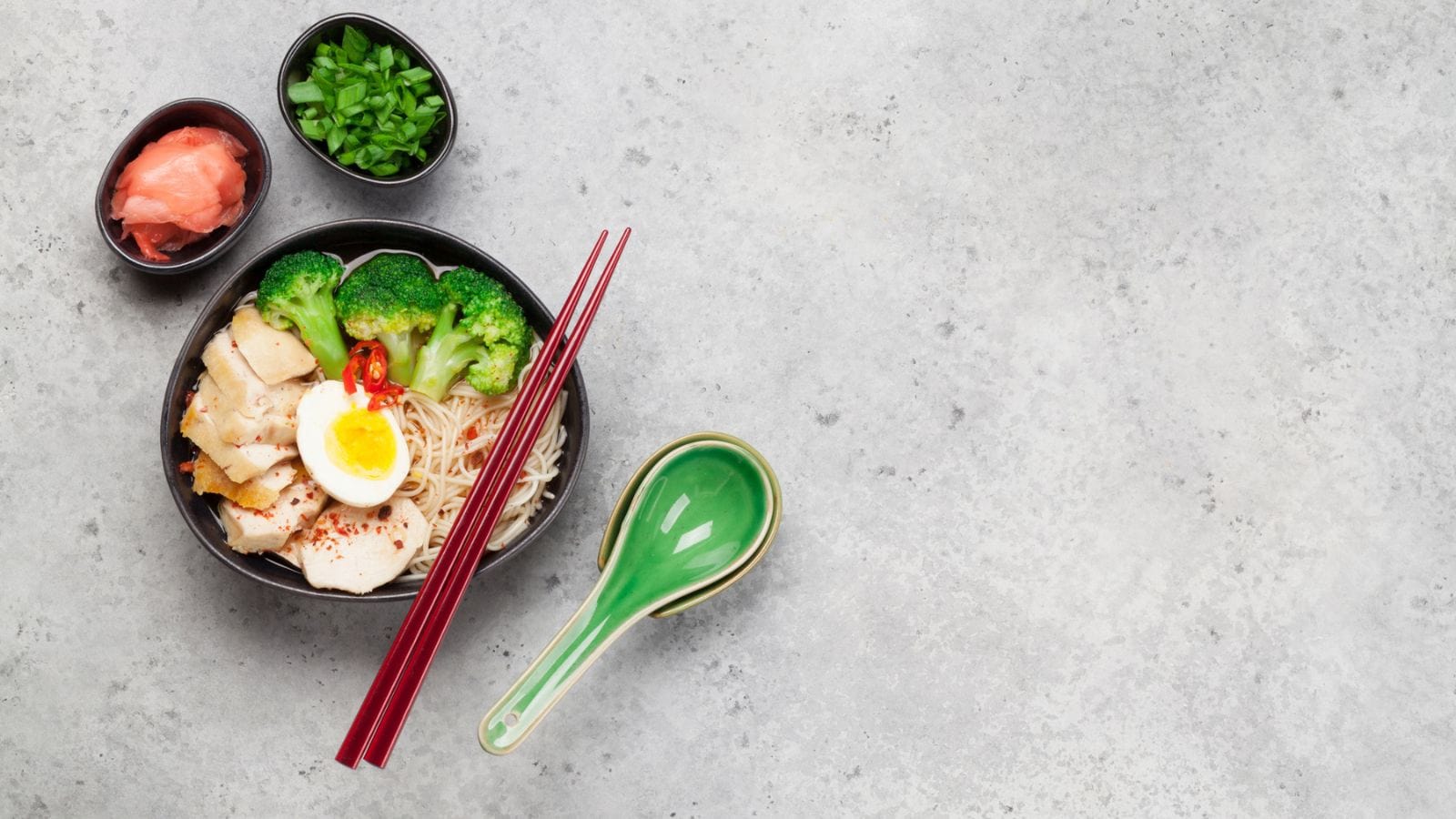

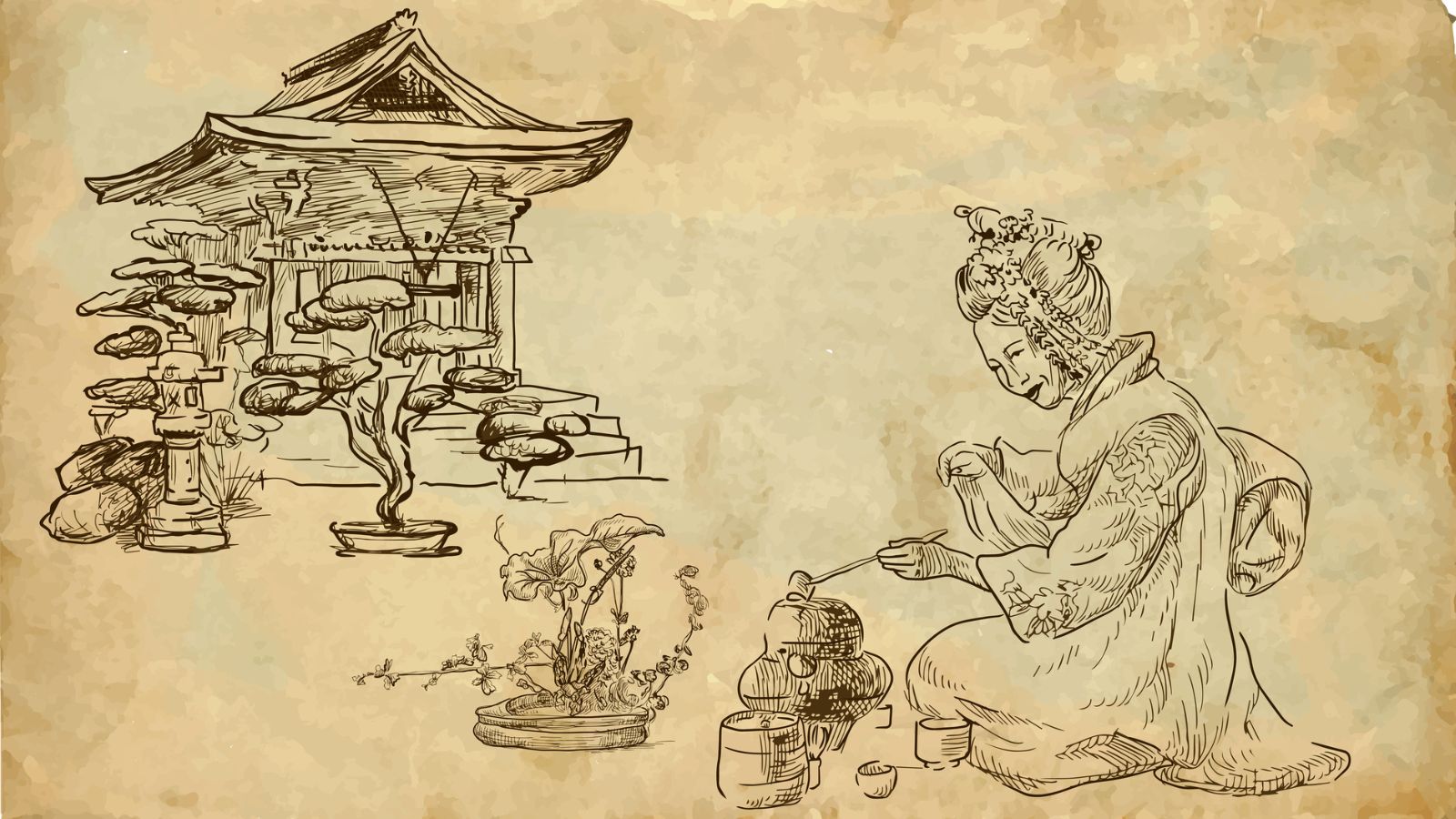
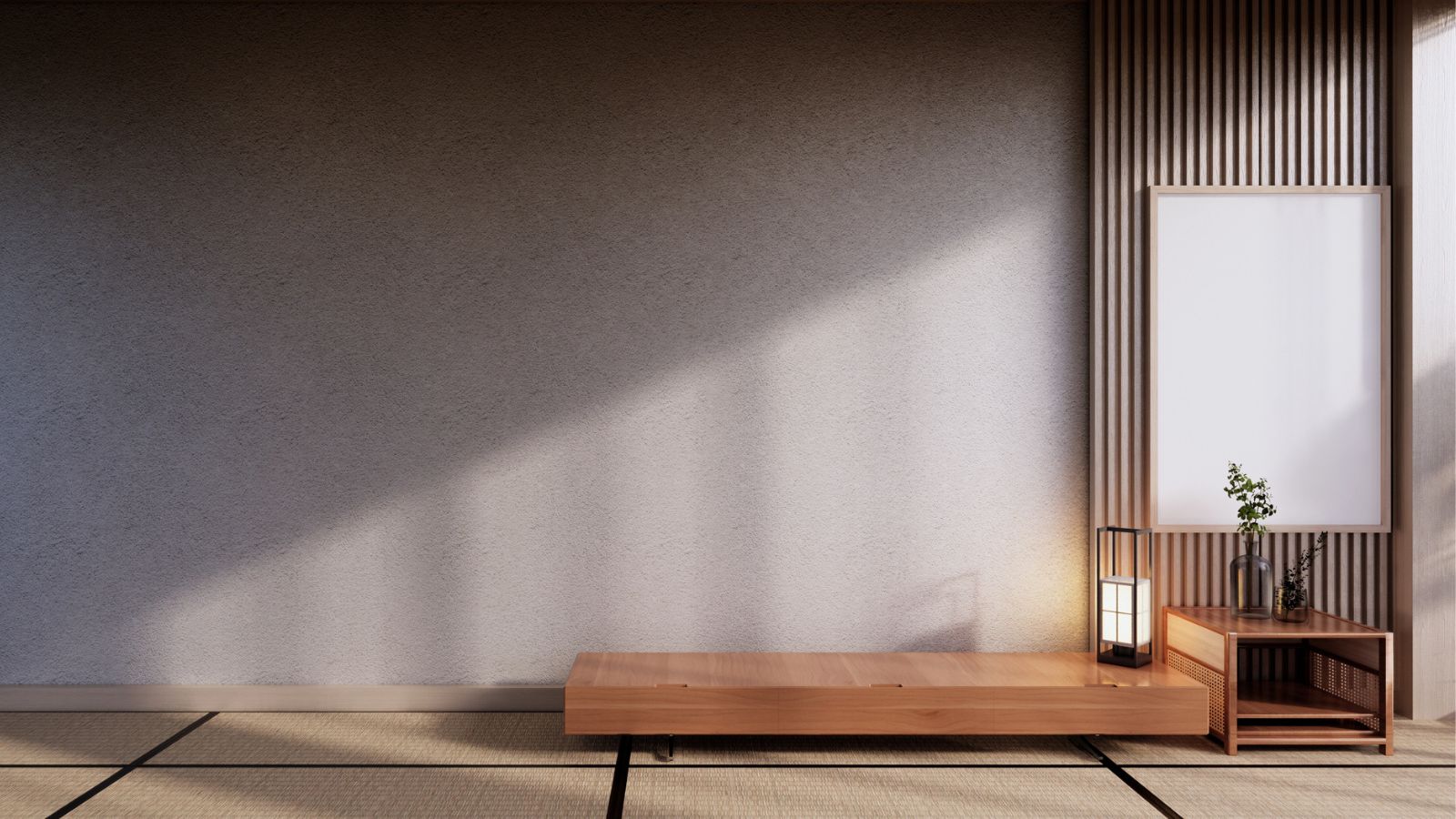

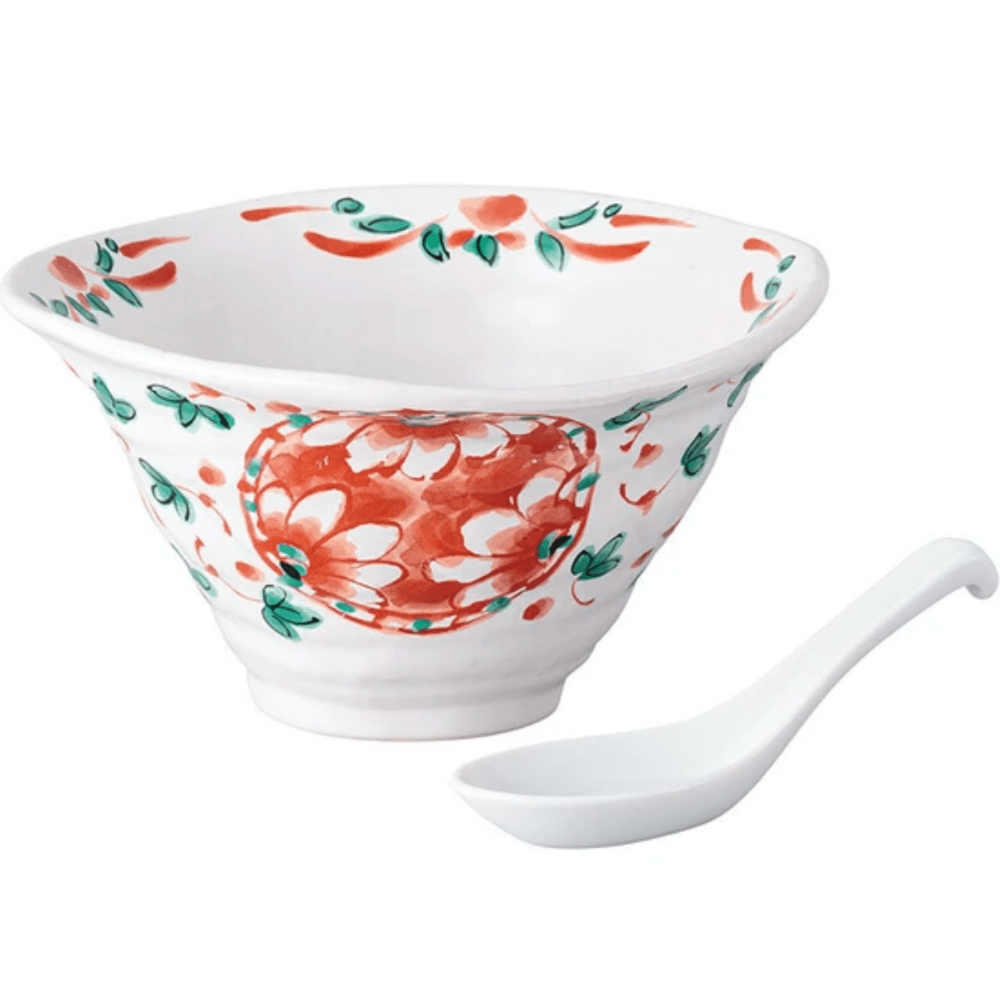
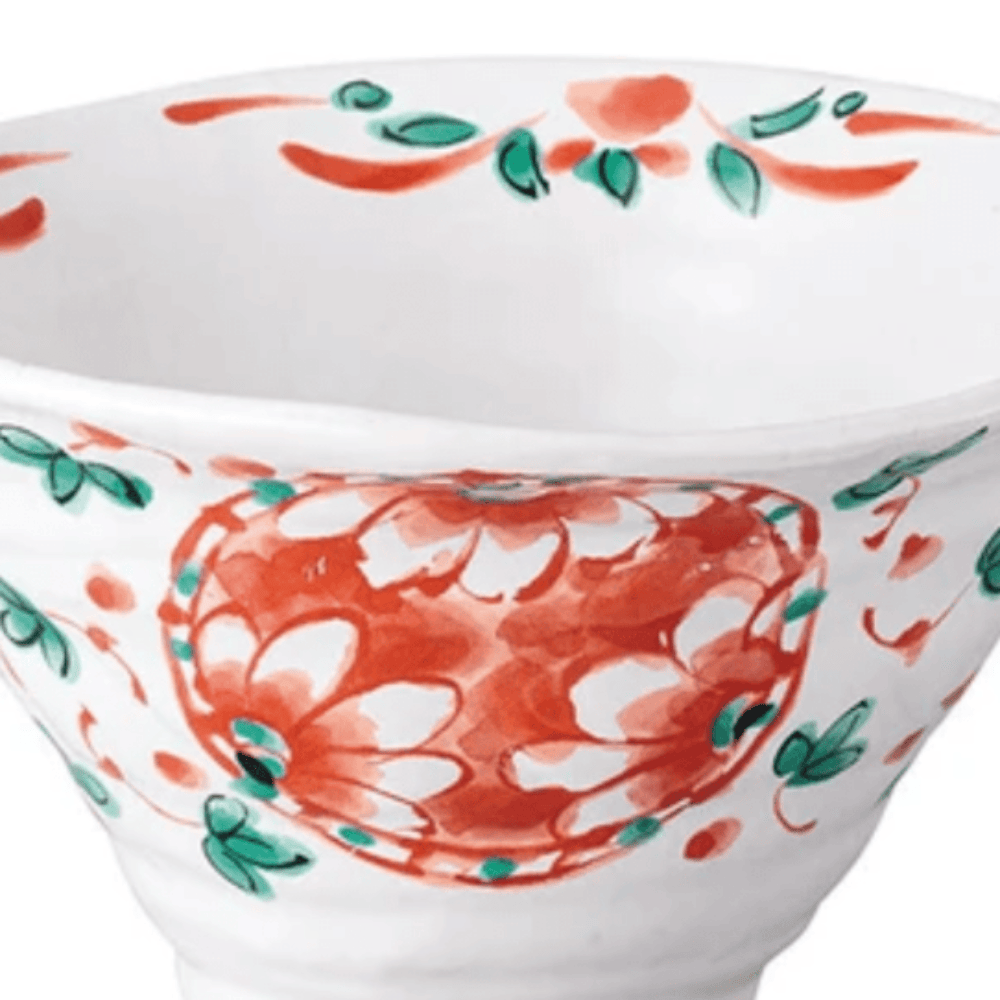
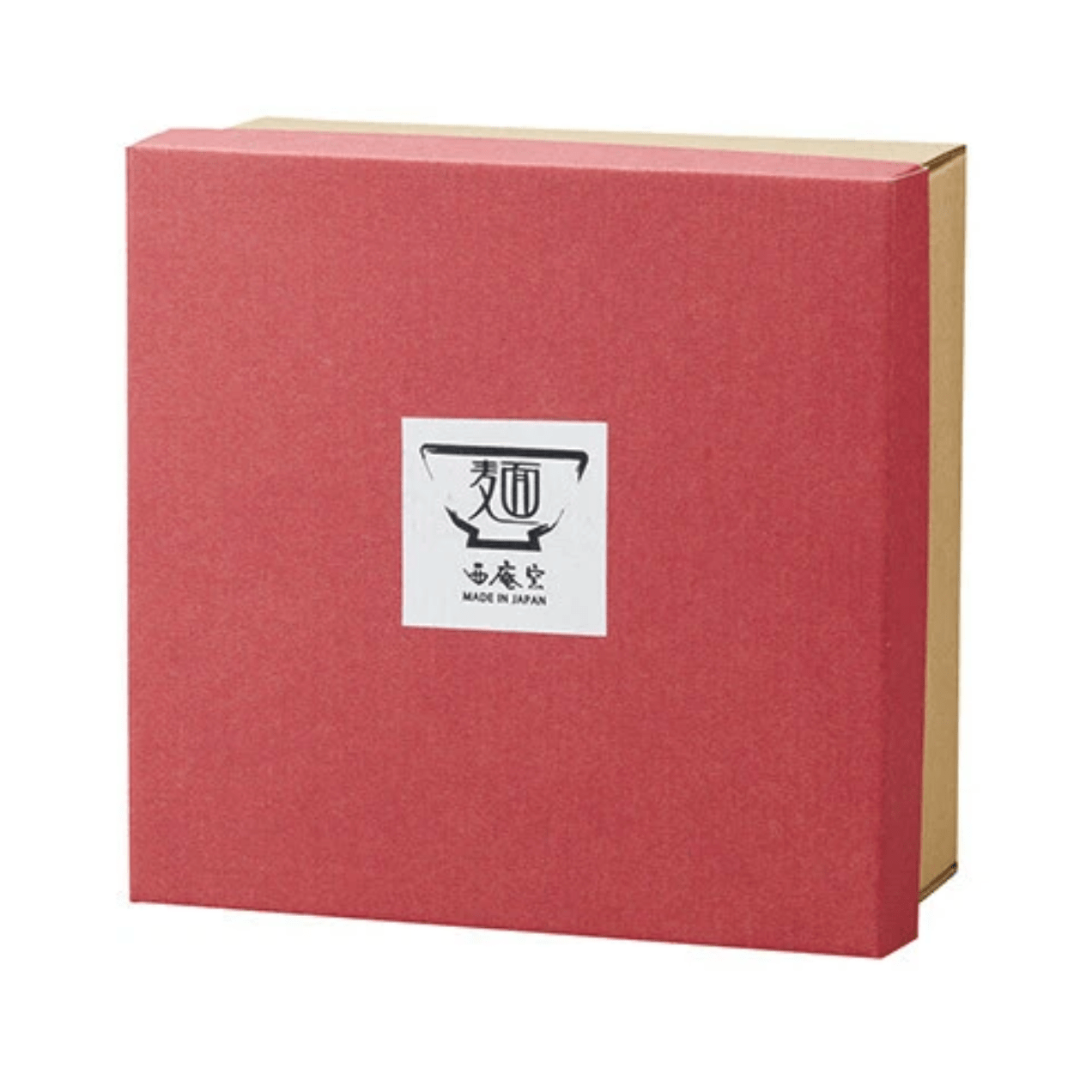
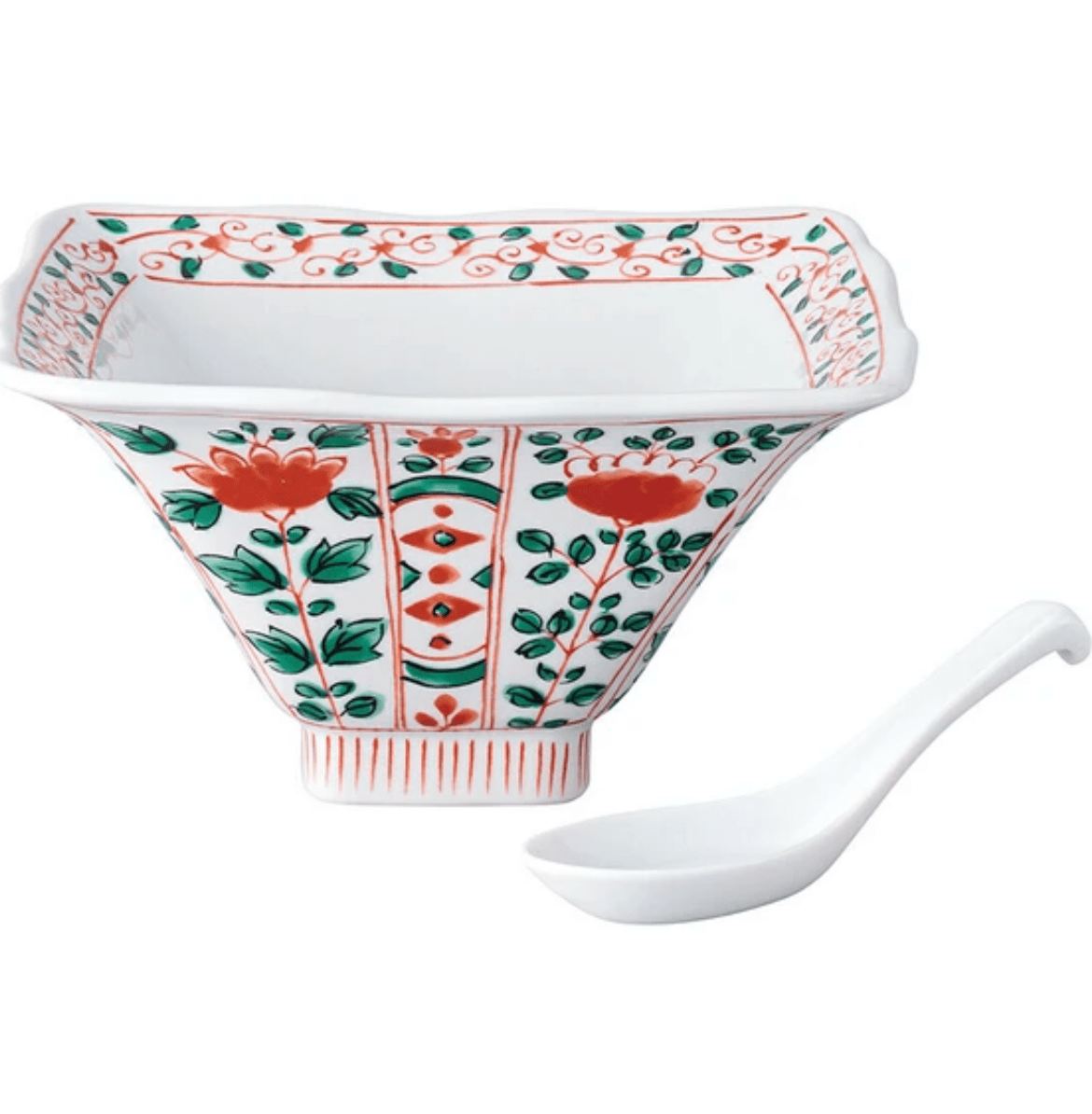
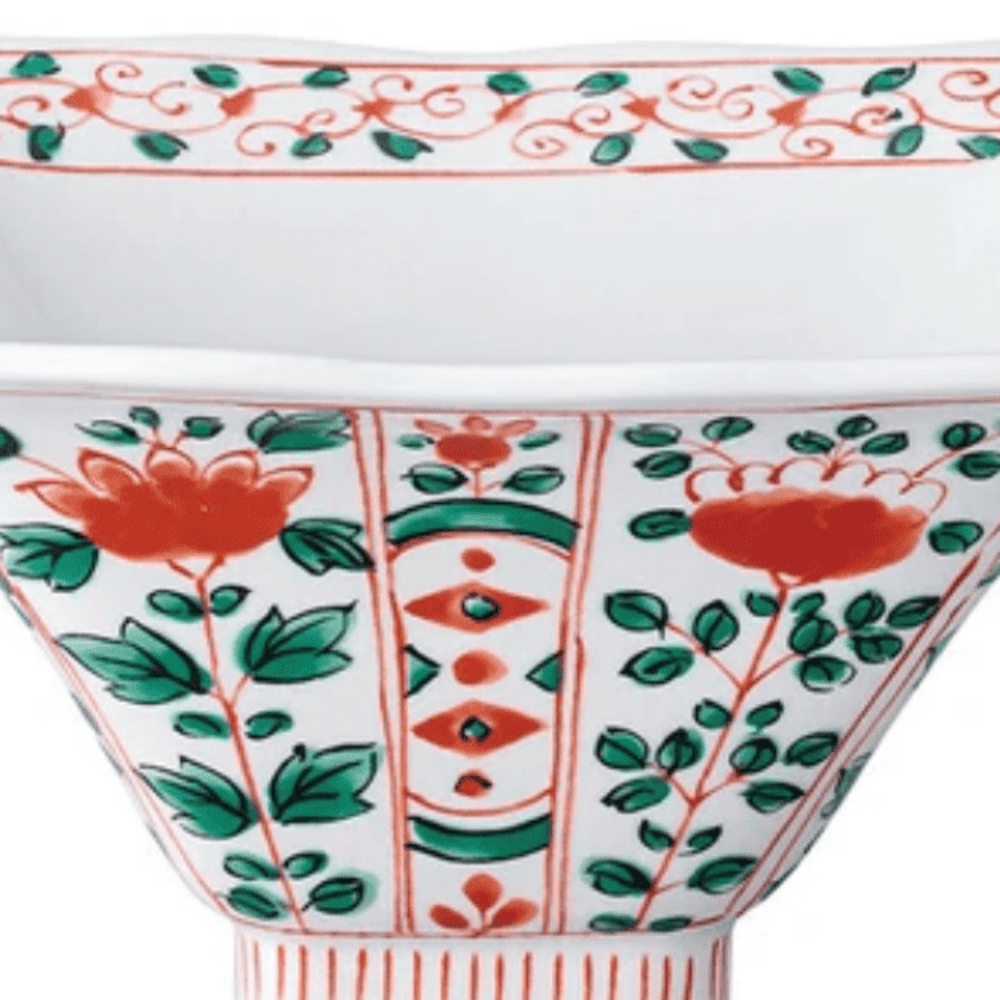
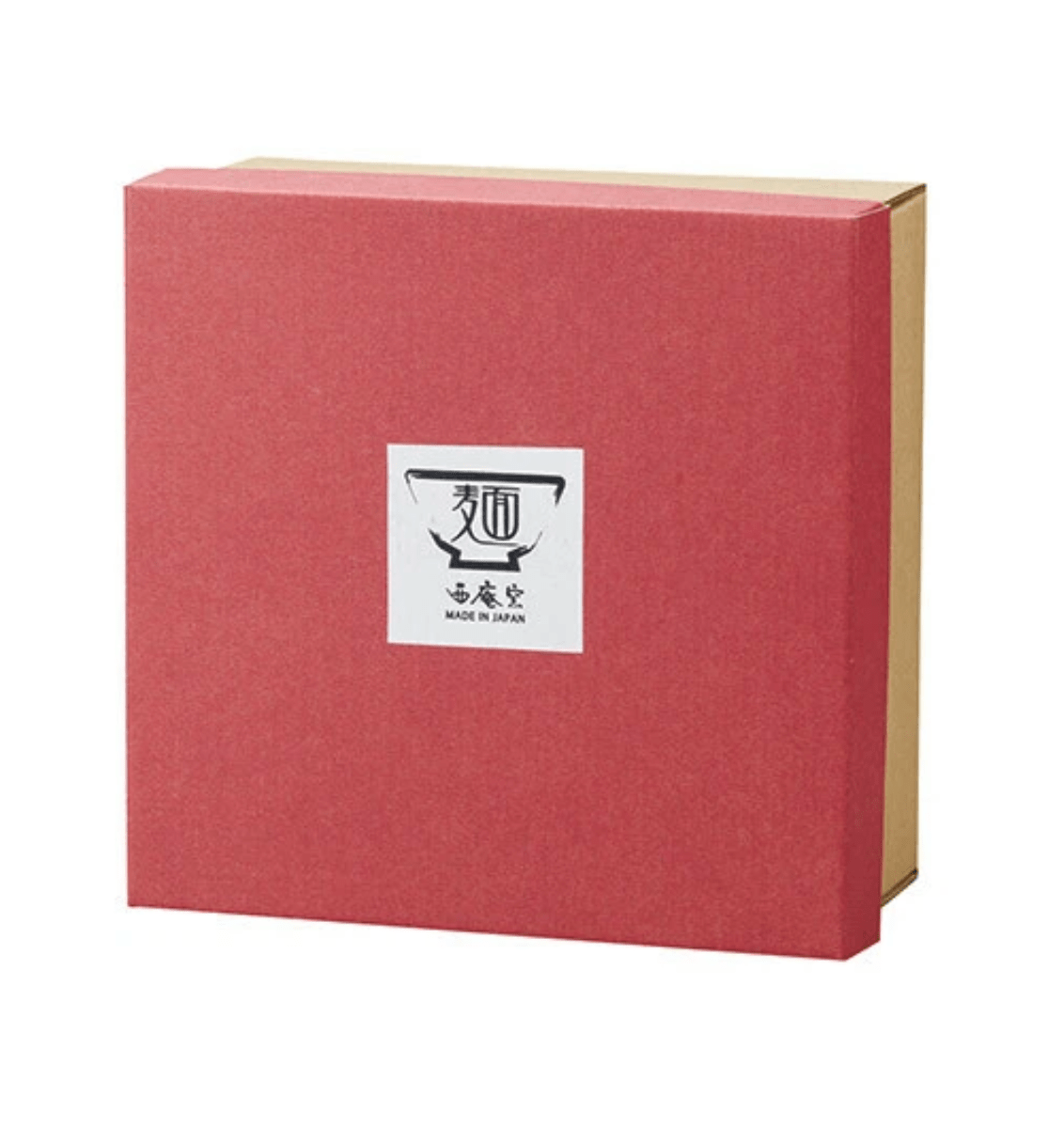
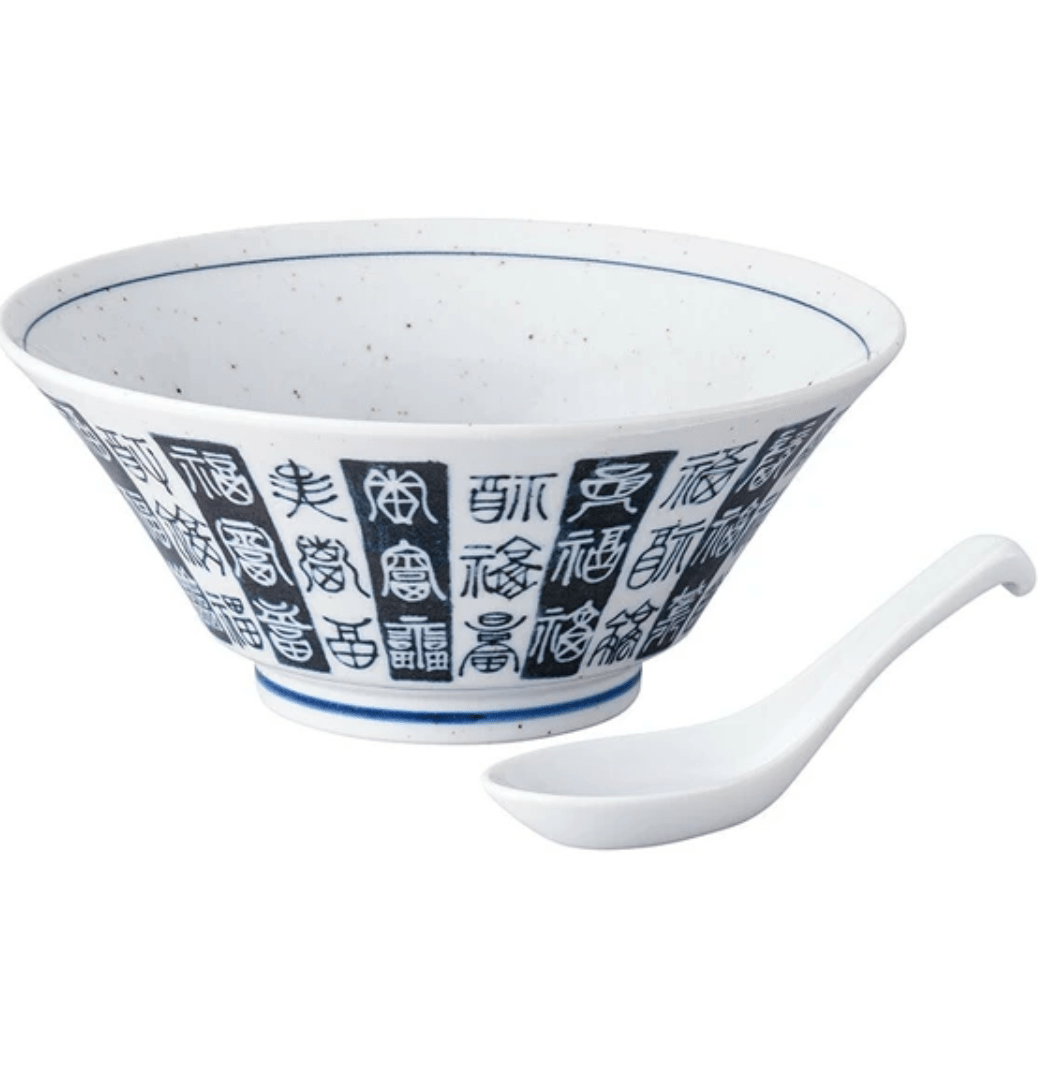
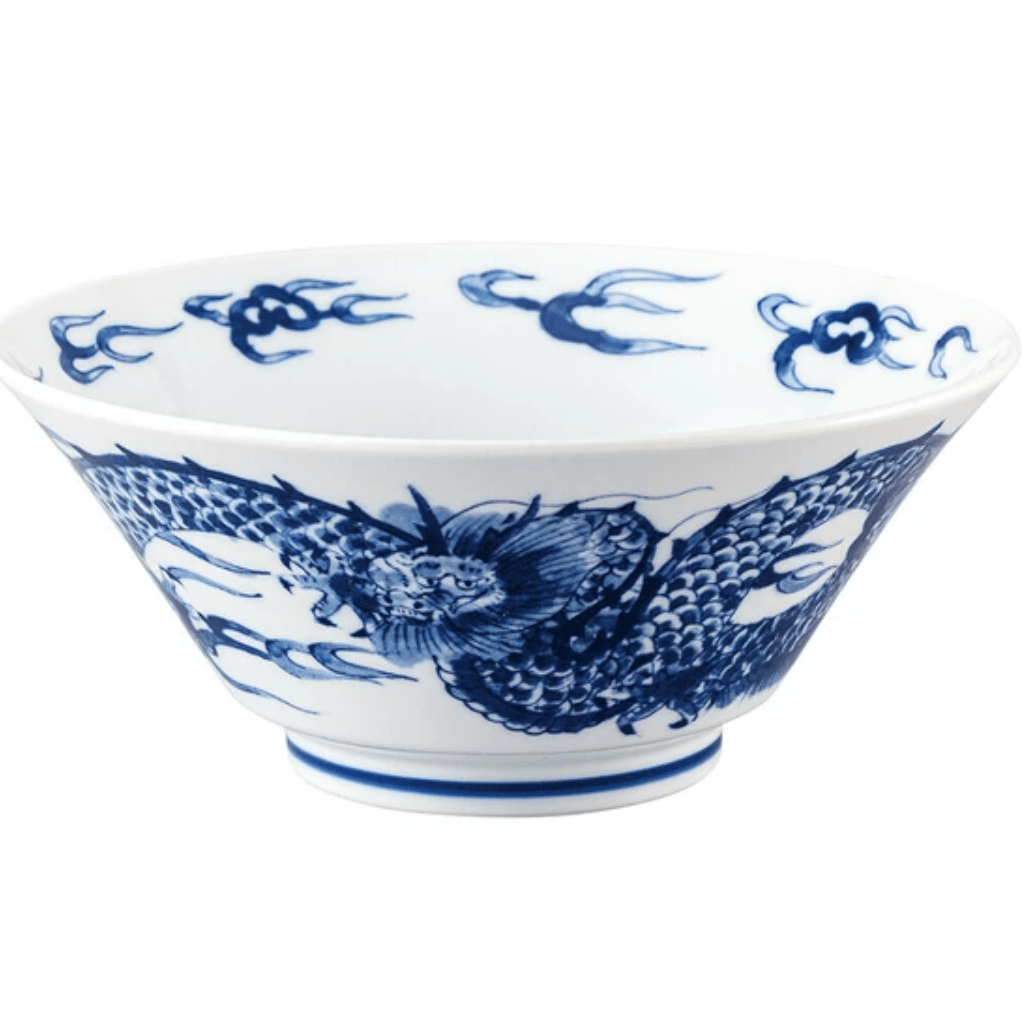
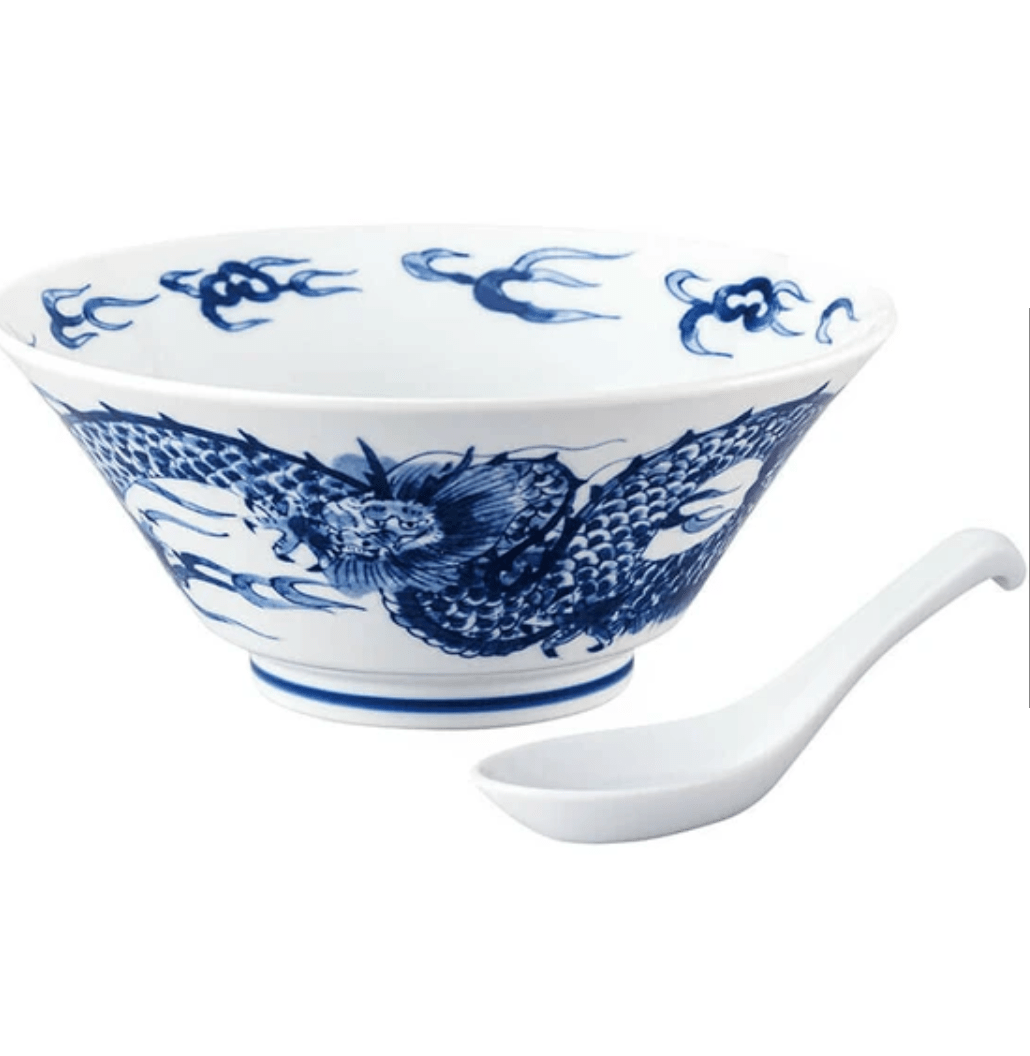
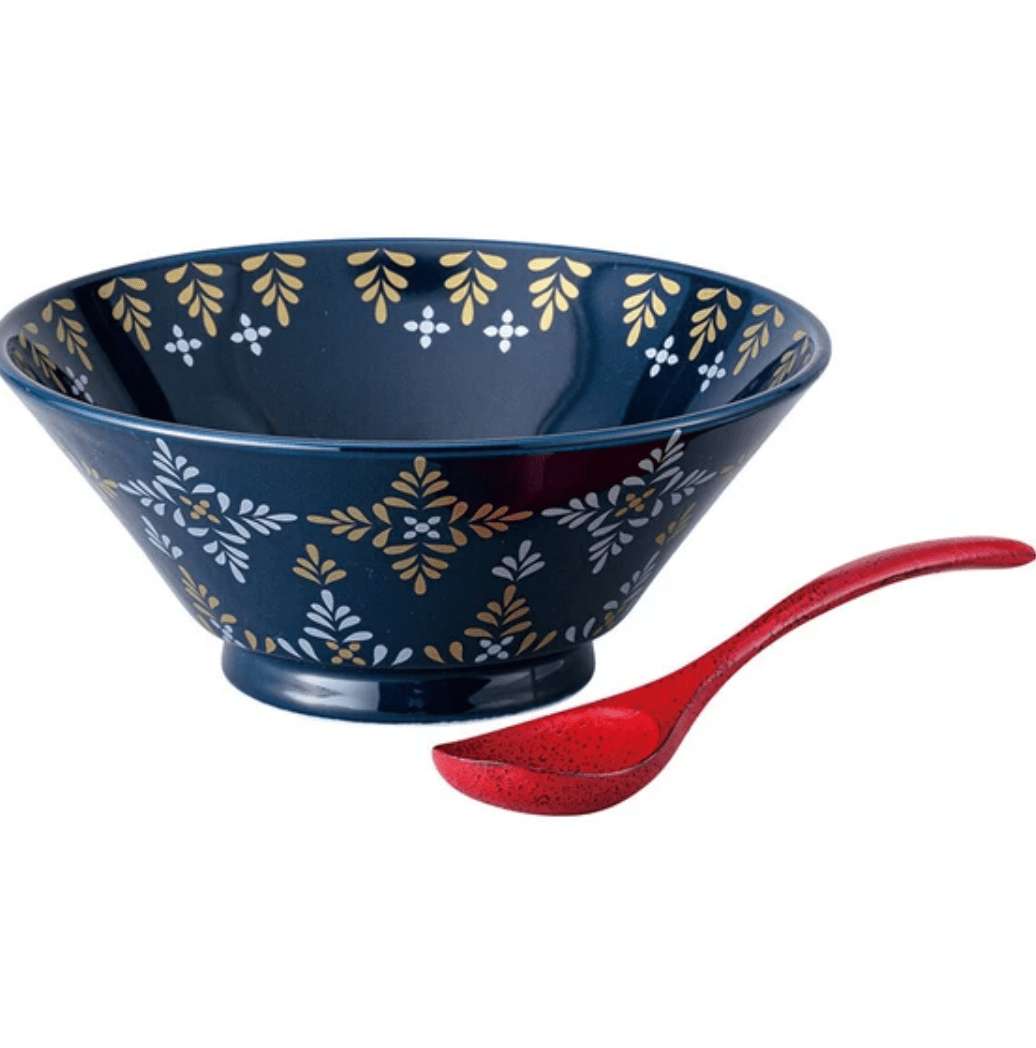
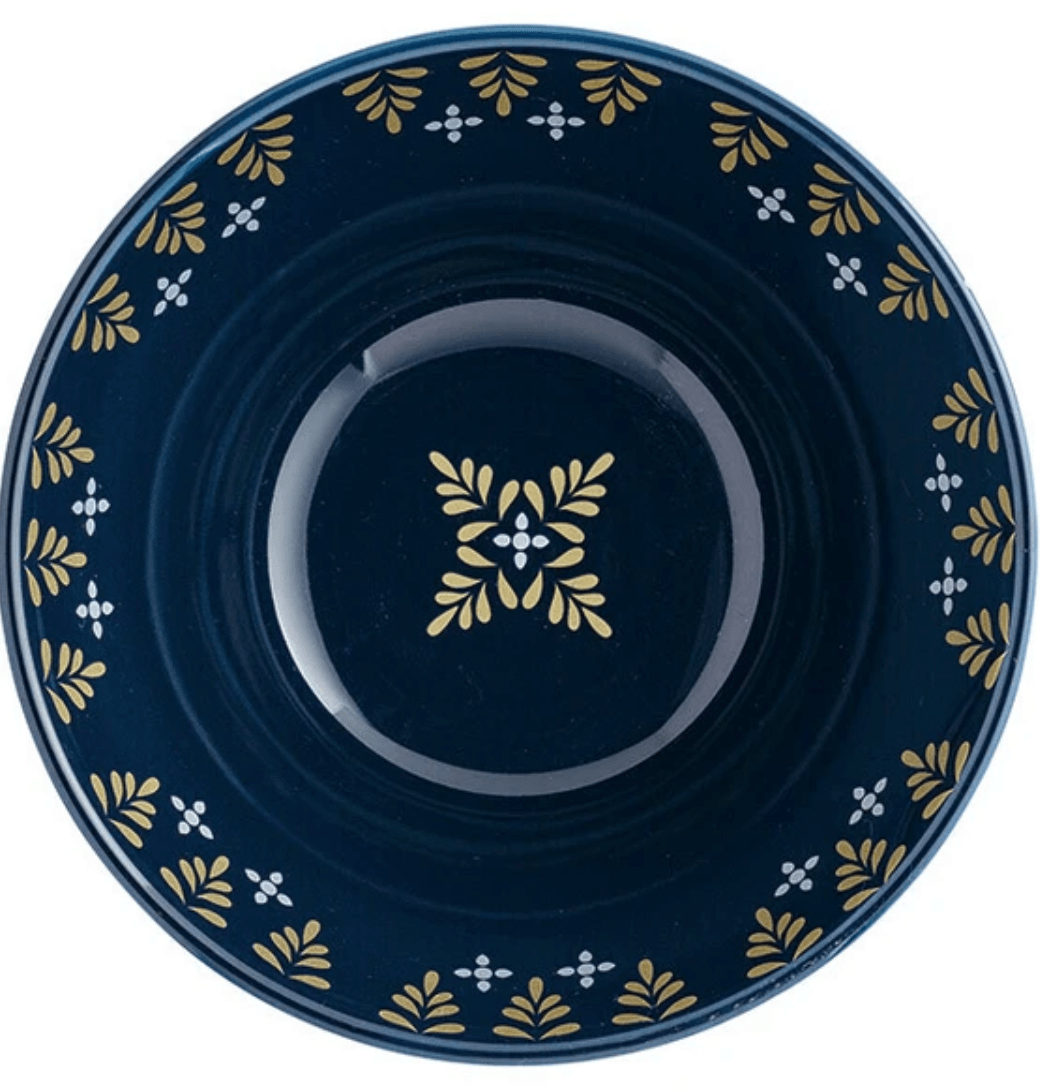
Share: